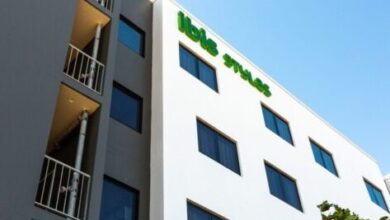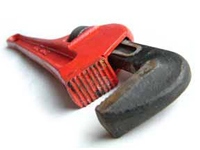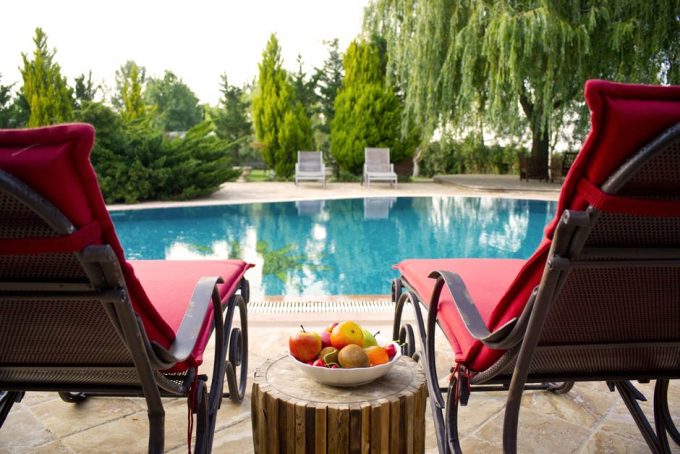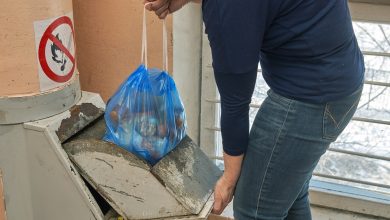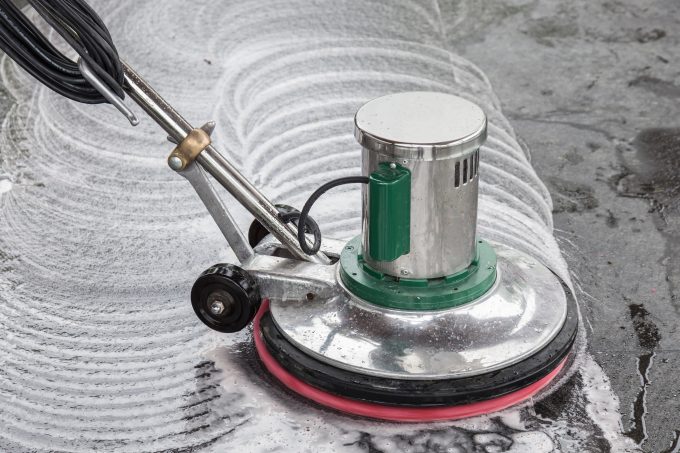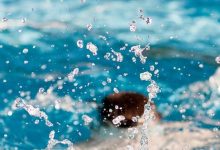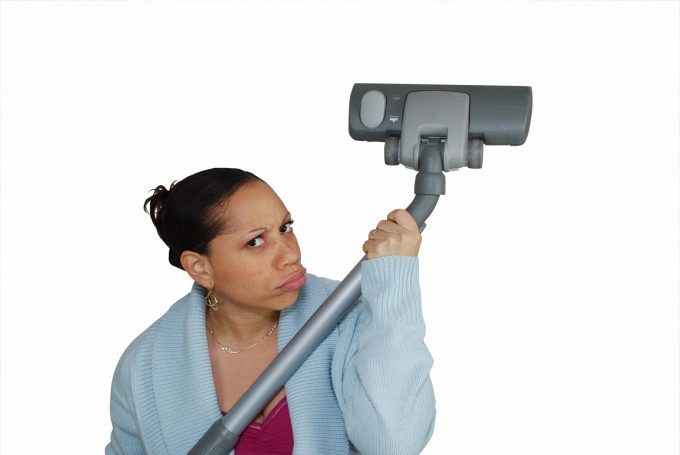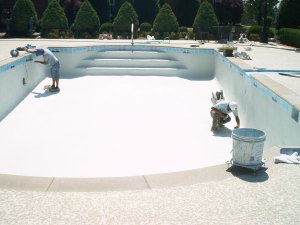
Now is The Time to Repair Your Pool
For many accommodation providers the upcoming winter season provides the perfect time for refurbishing of swimming pools, especially a major renovation where the pool needs to be drained.
A pool is generally out of use for three to five days and refurbishments can range from a simple resurfacing taking as little as three days to a full makeover including waterline tiles, sandstone or granite top, paved surrounds, decking, waterfeatures and replacement of equipment.
Why resurface your pool?
• to extend the life of the pool
• safety
• aesthetics
• reducing maintenance
• visitors’ satisfaction
Every 10-15 years or when the pool is showing signs of age, it may be time to consider total pool resurfacing. Your pool may have leaks, cracks, blisters, discolorations or tiles damaged or falling off that a resurfacing will overcome.
On no account should pool water be allowed to get into the pool structure. If water does, it will cause expensive (corrosion/rotting) damage to the structure.
The first step when resurfacing is to drain the pool. Next, the pool’s surface must be thoroughly cleaned with a wire brush and at times a chisel, pick or jack hammer to remove the residue from the shell. Once that has been completely removed, a wire brush can be used to remove all the chalky material on the shell. The surface is then chemically cleaned and coated with acid to remove mineral deposits. Then another coating to neutralise the acid should then be applied. Once your pool’s surface is clean, the pool can be resurfaced.
The three most commonly used pool surfaces are plaster, pebble and quartz. Plaster is cement mixed with sand or limestone. It is the least expensive option for pool surfacing and typically lasts around seven years.
Pebble finishes are actually just plaster with aggregate mixed in. The addition of aggregate makes these more durable and stain-resistant than plaster alone.
Attractive, smooth, strong and low maintenance best describes the latest in pebble finish pool interiors. Made from pool blend and exposed reflective aggregate, pebble finishes’ long term performance and glowing aesthetic colours make it one of the most popular choices for pool resurfacing. Excellent compressive strength enhances durability, combined with slip resistant capabilities, makes pebblecrete pool coating system superior and significantly less coarse than traditional exposed aggregate.
Pebble finishes will last at least 12 years even in high traffic areas.
Made from a high density mix of quartz, ceramic coloured stones and specialised sands, Quartzon pools interiors are smooth to touch, yet firm under foot. Quartzon is applied using a pool render available in a range of colours that create stunning, visual effects in pool water – Quartzon pool interiors can transform a pool from ordinary to extraordinary.
Quartzon provides more colour than pebbles and is a more stain resistant option. A quartz finish will usually last 12 to 15 years. Quartzon produces a great finish but does tend to be more expensive and require more care when being applied.
Fibreglass pools should only be resurfaced with fibreglass.
The latest pool resurfacing systems can avoid the complications of major construction and costs associated with replacing your entire fibreglass pool shell. The range of topcoats can transform the look of existing fibreglass pool shells giving a renewed timeless aesthetic appearance, durability and simplicity of application.
There is a wide range of ‘paint-on’ pool coatings as well. Fibreline, for example, is a system for the application of a glass reinforced plastic lining to a substrate that is structurally sound. This system is used in the swimming pool industry providing a cost-effective solution to cracks and leaks by providing a structurally strong and waterproof barrier and giving a coloured glossy finish to any old and tired looking surface. It is chemically inert, thus chemical consumption for maintaining the balance in swimming pool water is greatly reduced.
Epotec is another pool coating system that is designed to work on concrete (painted or not), marblesheen, pebblecrete or fibreglass and is specially formulated to be UV, wear and scratch resistant. When fully cured, it provides a hard, smooth, easy to clean surface without nooks and crannies for algae to lodge in, unlike other rough, porous surfaces.
Chlorinated rubber coatings are formulated specifically for application to new or old concrete or previously painted chlorinated rubber finishes. They offer a proven, cost effective single pack hard satin finish, with outstanding resistance to swimming pool chemicals and salt water, mould, algae and bacterial growth.
The pool refurbishment should not be looked at in isolation, consider the pool surrounds including ensuring a non-slip/slip-resistant surface, adequate signage, fencing (check the latest regulatory standards), water quality systems, pumping and other equipment such as pool heaters.
It’s important to choose a registered swimming pool builder who can provide you with warranty insurance. Preferably, the builder should also be a member of the Swimming Pool and Spa Association in their state. Ask for some referrals from previous commercial jobs.
When choosing your contractor make sure they are:
• Experienced
• Fully licenced and insured
• Provide warranties on their work
• BSA record checks out
• An approved contractor by material supplier

AccomNews is not affiliated with any government agency, body or political party. We are an independently owned, family-operated magazine.

